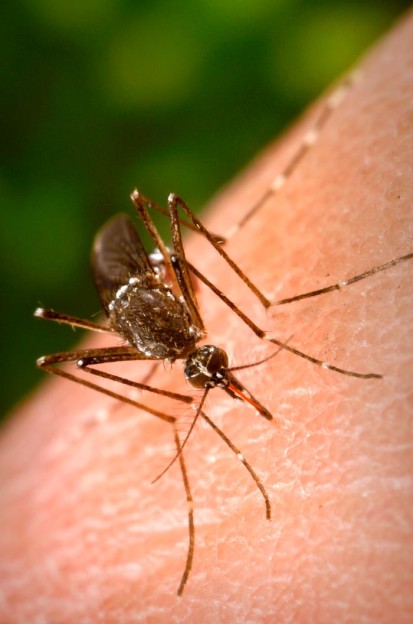The Peru Ministry of Health has reported the first indigenous case of chikungunya fever in the country in a child from Zarumilla, Tumbes (computer translated). Health Minister Anibal Velásquez Valdivia said the child was confirmed positive by testing by the NIH.

The child was treated at the health center Zarumilla by fever, joint pains, who after the respective attention, is progressing well. It was confirmed that the child has no history of travel outside the country, so it is considered a case of native chikungunya.
It is noted that neighboring countries of Ecuador, Colombia and Bolivia have all recorded significant numbers of chikungunya cases this year and due to travel and trade, the risk of the disease entering Peru was high.
Earlier, the health ministers of Ecuador and Peru signed a Letter of Commitment, which established a contingency plan to give a joint response to the threat of dengue and chikungunya.
In 2014, Peru reported 11 imported cases and prior to this first indigenous case, they saw 23 imported chikungunya cases.
Chikungunya is a viral disease transmitted by the bite of infected mosquitoes such as Aedes aegypti and Aedes albopictus. It can cause high fever, join and muscle pain, and headache. Chikungunya does not often result in death, but the joint pain may last for months or years and may become a cause of chronic pain and disability. There is no specific treatment for chikungunya infection, nor any vaccine to prevent it. Pending the development of a new vaccine, the only effective means of prevention is to protect individuals against mosquito bites.


One thought on “Chikungunya: 1st locally acquired case reported in Peru”